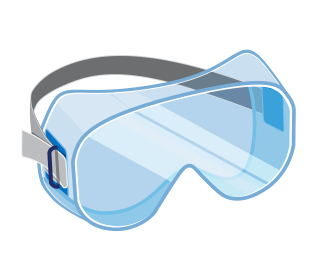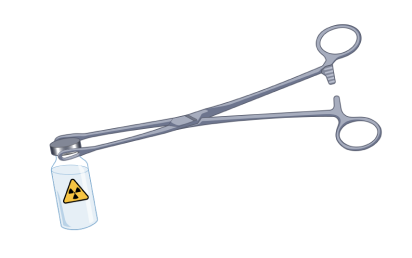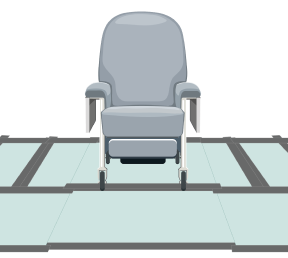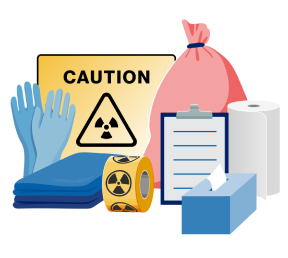
Providing and administering RLT
This section of the Novartis RLT Institute is designed to help health care professionals (HCPs) understand radiation safety procedures for providing and administering radioligand therapies (RLTs) manufactured by Novartis. It is based on guidelines from regulatory agencies, including the Nuclear Regulatory Commission (NRC), the Department of Transportation (DOT), and the United States Pharmacopeia (USP). Topics include safe transport, administration, and postadministration protocols to prepare the patient and room for subsequent use.
Administration precautions
Radiation safety guidelines for preparing and administering RLTs enable HCPs to minimize exposure to themselves and others while maintaining compliance with approved protocols, licenses, and NRC guidelines.1
ALARA principle
The guiding principle of radiation safety, ALARA (as low as reasonably achievable), aims to minimize radiation exposure for both staff and patients. While the application differs between these groups, the same 3 protective principles apply to ensure safety.1
Time
The duration spent near the radiation source
Distance
Space between you and the radiation source
Shielding
Physical barriers that reduce exposure to radiation
PPE and minimization of radiation exposure
Aseptic technique, appropriate protective equipment, and radiation shielding should be used when handling or administering RLT, adhering to the ALARA principle.1-3
General safety instructions1,4-6
When working with RLTs, it is essential to adhere to safety protocols to ensure the protection of HCPs, patients, and the environment from unnecessary radiation exposure.

Authorized user(s)
RLTs should be administered only by or under the supervision of AUs

Lab coat and gloves
Wear a lab coat and waterproof gloves, replacing them as necessary, eg, if contaminated

Safety glasses
Wear safety glasses to protect against accidental splashes or spills

Personal dosimeters
Wear personal dosimeters to monitor radiation exposure and utilize effective shielding

Time
Minimize handling time and work efficiently to reduce exposure

Tongs
Use tongs or tools as needed to maximize distance and thus minimize radiation exposure

Radiation detection
Utilize radiation detection equipment to survey for contamination during RAM dose handling and before leaving the laboratory to minimize contamination spread

Disposable liners
Use disposable absorbent liners in working areas, including treatment rooms and the floor path leading to restrooms, to facilitate cleanup and mitigate risks from spills and fluid accidents

Spill response
Train staff on immediate spill response, including the use of spill kits designed for radioactive materials and adherence to radiation safety protocols for effective contamination management
